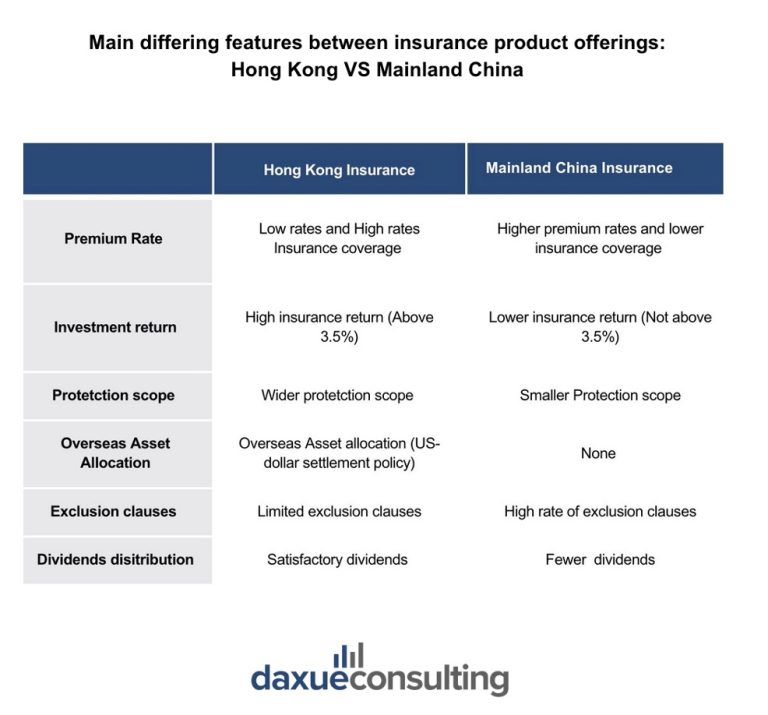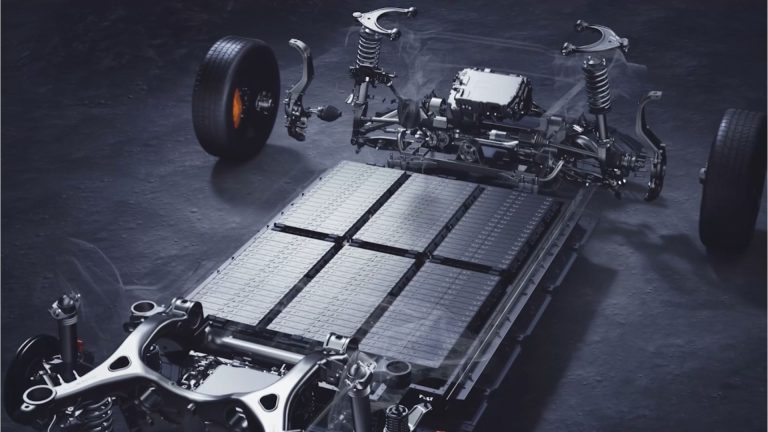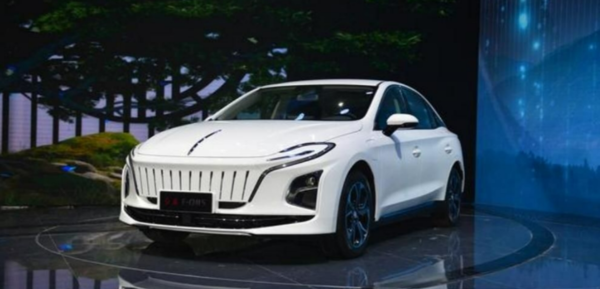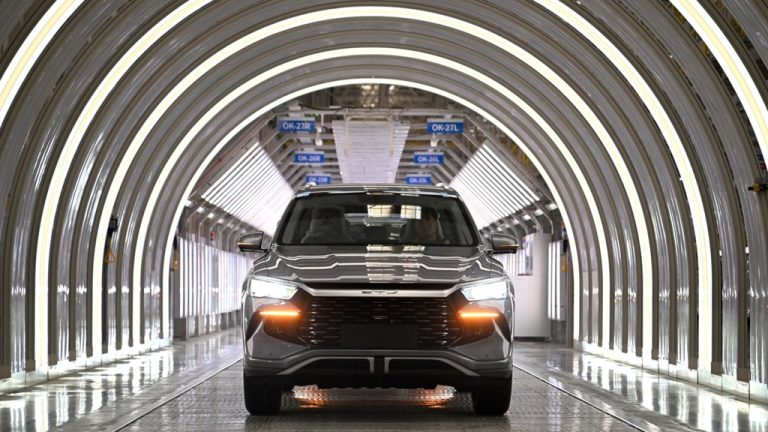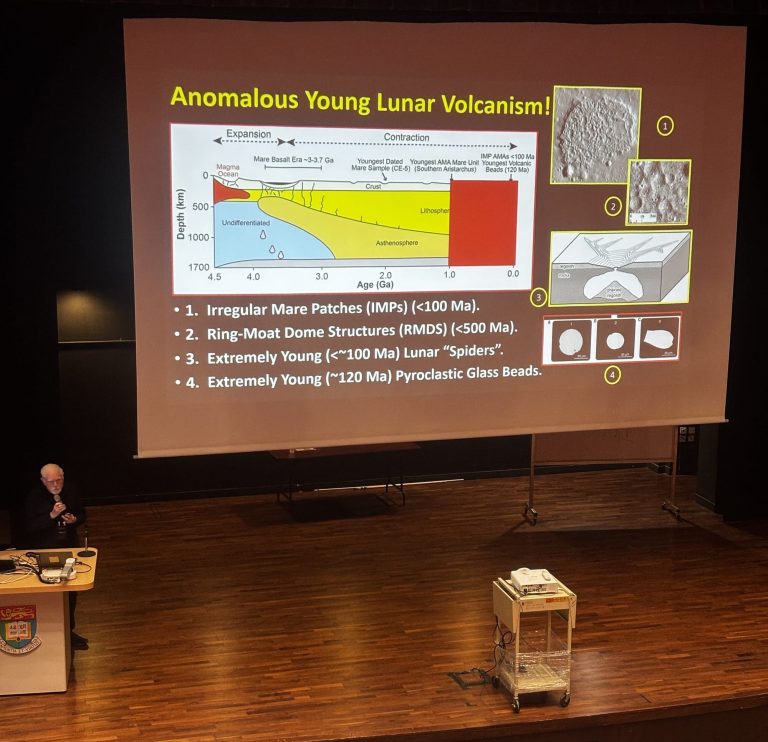China’s automotive innovation is taking another bold leap forward, with Dongfeng Automobile preparing to unveil a groundbreaking electric vehicle (EV) that promises to redefine long-distance electric mobility. Scheduled for launch by September of next year, this cutting-edge vehicle will feature a solid-state battery technology that could dramatically reshape expectations for electric vehicle range and charging capabilities.

The most striking feature of Dongfeng’s upcoming EV is its extraordinary range. Under China’s CLTC testing cycle, the vehicle is projected to travel over 621 miles (1,000 kilometers) on a single charge. Even when measured by the typically more conservative EPA standards, drivers can anticipate a robust range exceeding 400 miles—a figure that could finally put range anxiety to rest for many potential EV adopters.

What makes this achievement truly remarkable is the battery’s sophisticated engineering. Dongfeng has developed a multi-component battery with an energy density of 350 watt-hours per kilogram, capable of withstanding extreme temperatures ranging from a bone-chilling -22°F to a scorching 266°F. Remarkably, the battery retains over 72% of its capacity at its lowest tested temperature, demonstrating unprecedented durability.
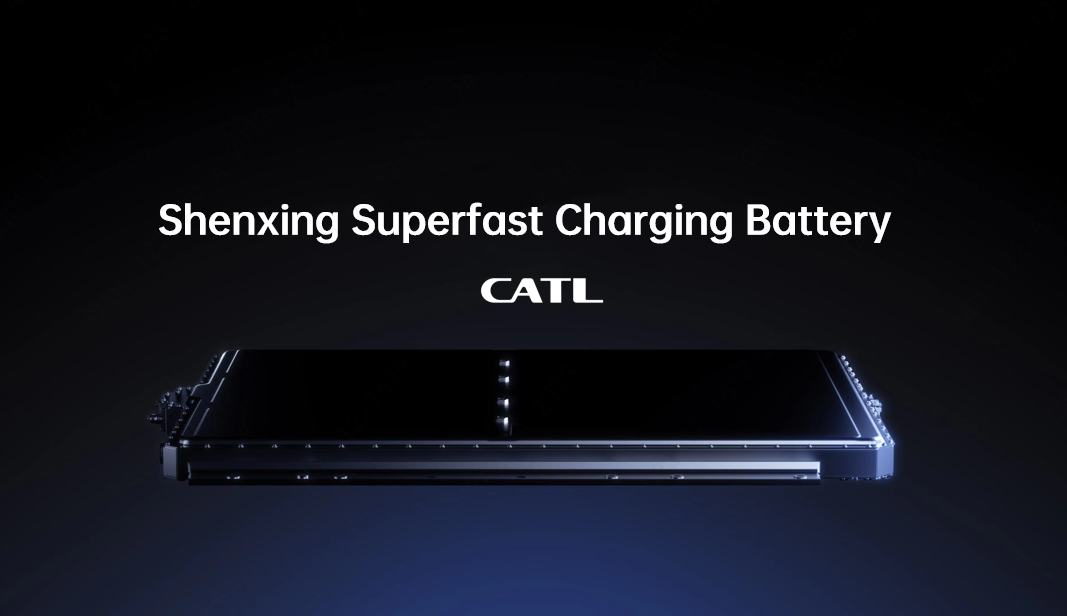
The battery’s design incorporates advanced materials, including a high-capacity ternary cathode, a silicon-carbon anode, and an innovative oxide polymer composite solid electrolyte. But Dongfeng isn’t stopping at range—they’re revolutionizing charging speed with their Mach Super-kV Pure-Electric Platform, which supports charging at an astounding 2 megawatts through an in-house developed 1,700-volt silicon-carbide power module.

The charging capabilities are nothing short of extraordinary. Dongfeng claims the ability to add approximately 280 miles of range in just five minutes—equivalent to charging at a rate of about 1.5 miles per second. While these claims warrant cautious optimism, they represent a potential game-changer in EV technology.
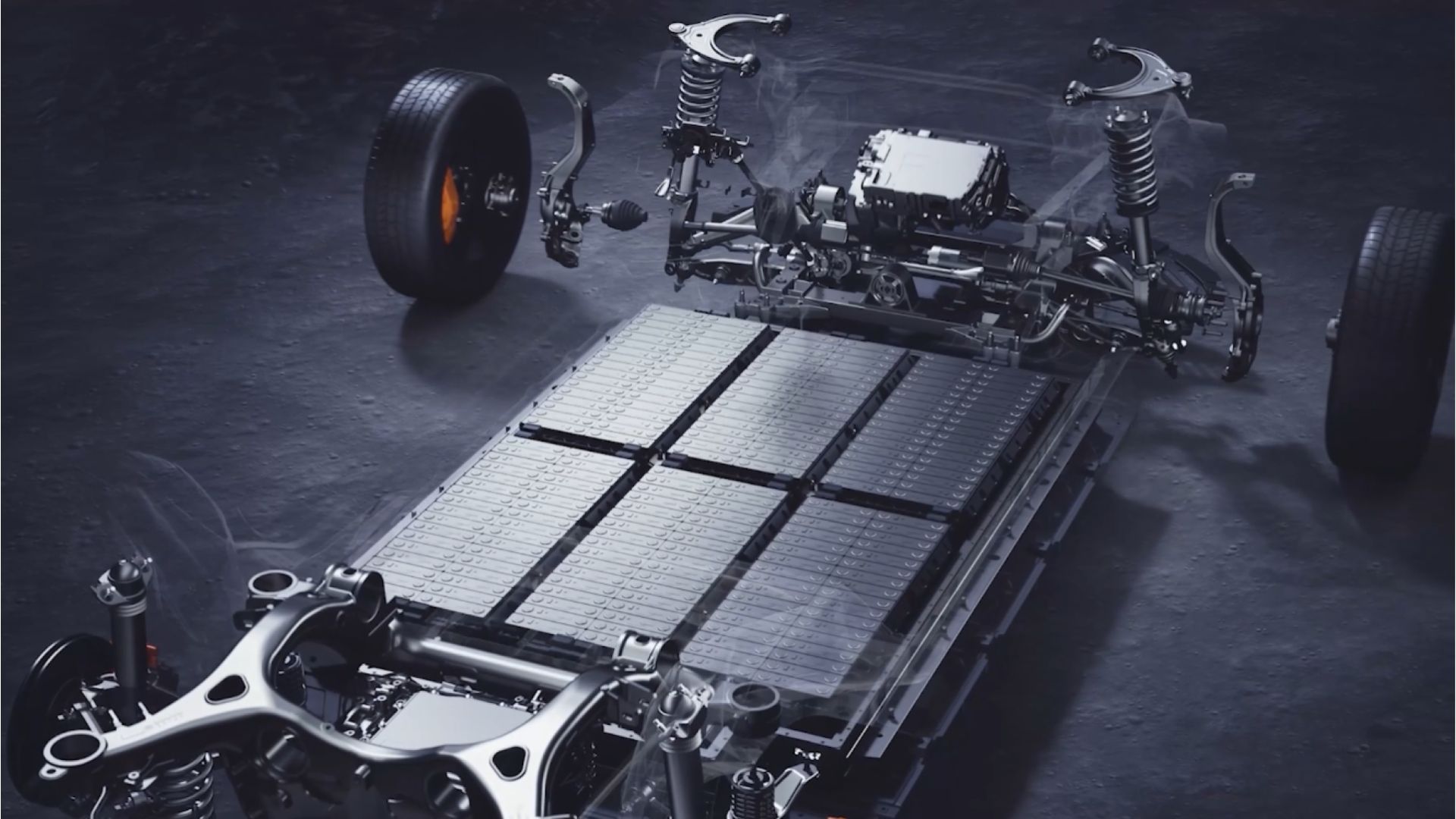
Solid-state batteries have long been considered the holy grail of electric vehicle technology, promising enhanced safety, greater driving range, and faster charging compared to traditional lithium-ion batteries. Dongfeng is not alone in this pursuit; competitors like Stellantis and Factorial are also advancing solid-state projects, with Stellantis planning a demonstration fleet of solid-state Dodge Charger Daytona EVs next year.
The broader context of this innovation extends beyond a single vehicle. China’s growing dominance in EV and renewable energy technology is increasingly evident. While trade and safety standard barriers might limit direct market penetration in the United States, these technological advancements are likely to influence global EV trends over time.
Industry observers remain appropriately skeptical, understanding that laboratory achievements don’t always translate seamlessly to real-world performance. However, China’s consistent leadership in battery technology lends credibility to Dongfeng’s ambitious claims.
For potential EV buyers and technology enthusiasts, Dongfeng’s announcement represents more than just a new car—it symbolizes a potential turning point in electric mobility. As solid-state battery technology continues to evolve, we may be witnessing the early stages of a transportation revolution that could dramatically reduce charging times, extend driving ranges, and accelerate the global transition away from internal combustion engines.
The automotive world will be watching closely as Dongfeng prepares to turn these promising technological developments into a production reality over the next 12 months.


